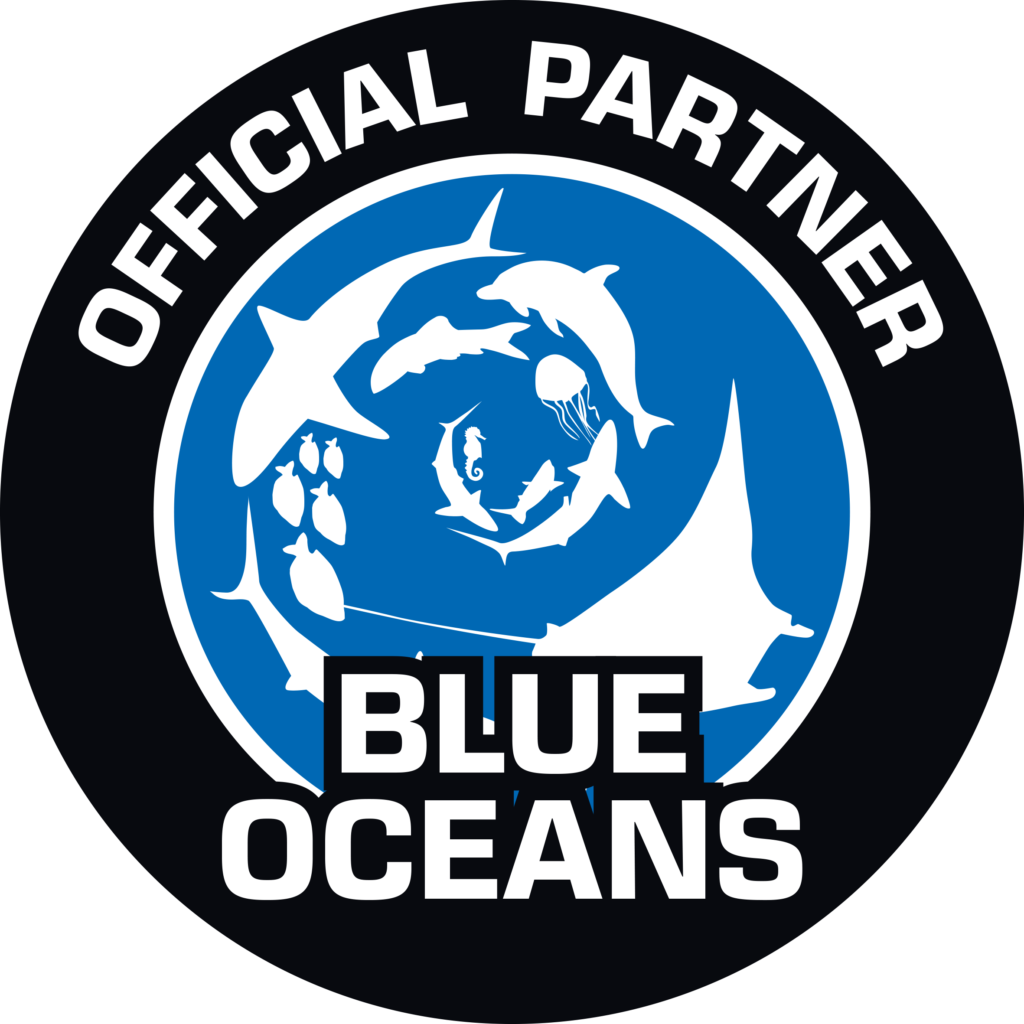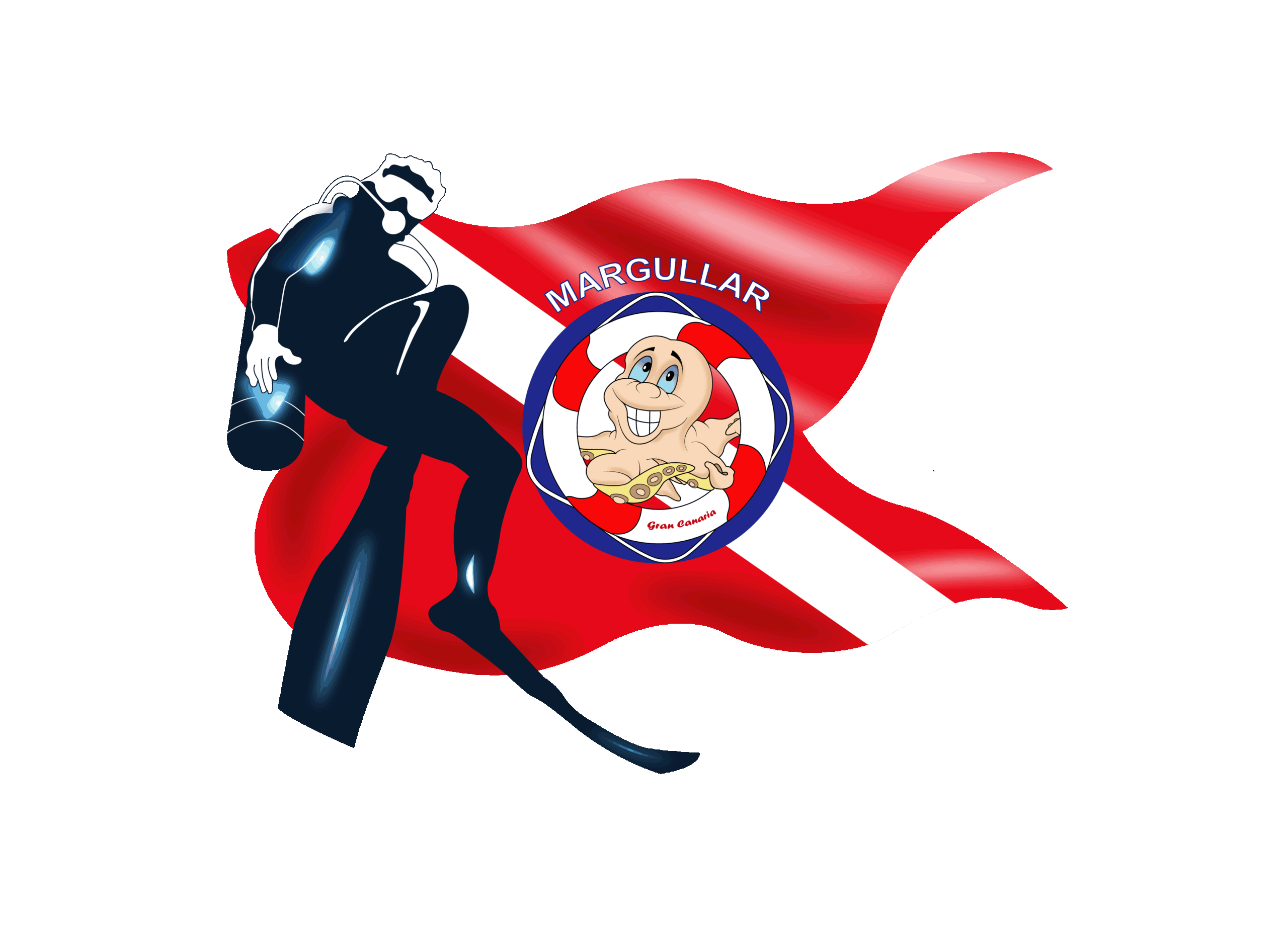Dives
Boat Dives in Gran Canaria
Boat Dives in Gran Canaria
El Arona
In 1972, a fire in the engine room caused this 110-metre-long giant to sink near the Las Palmas water treatment plant, on its starboard side.
The depth ranges from 24 to 36 metres. It is in a relatively good state of preservation, as it retains the entire hull structure and a large part of the decks. Although it is a large wreck, it can be explored in a single dive.
Its hull has a large amount of incrustation, and yellow and red gorgonians can be found in some places. Also interesting are some typical animals of dark environments that live inside, such as small corals and anemones. In the upper parts, surrounding the turrets, there are almost always schools of pelagic fish such as bogas. These are accompanied by some groups of bicudas and, occasionally, amberjacks. In the vicinity of the hull, we can find large groups of grunts and sea breams, while many red mullets can be seen feeding on the bottom.
Difficulty: Medium
Certification: Advanced or higher
Municipality: Las Palmas
Location: Bocabarranco
Access: Boat
Average depth 27 m – Max. 36 m
Current: Medium
Diving time: 35 min
Difficulty: Medium
Certification: Advanced or higher
Municipality: Telde
Place: Taliarte
Access: Boat
Average depth 30 m – Max. 40 m
Current: Medium
Diving time: 20 min
El Coreano
The Coreano, sunk near the mouth of the Taliarte dock, a little south of the rock or shoal of the same name (also called Roque del Castellano ), where, presumably, it ran aground back in the eighties. The wreck consists only of the bow section of a fishing boat, which rests, upright in navigation position, on a sandy bottom 40m from the surface. Of the section that goes from the bridge to the stern, some say that it lies in deeper waters, towards the outside, others believe that the only thing left of it are some plates at the foot of the Roque, which as far as we know, is not located. The wreck has easy access from the Taliarte dock, so, in case of rough seas, it is a refuge dive for the diving boats that operate from that port. Although small and deep, it has its peculiar attraction.
Cermona II
Setting off from the unique port of Mogán, popularly known as “little Venice”, heading south-west and 5 minutes into the boat, we find the “Cermona II”.
It is a 32 m long, steel-hulled boat, sunk in May 2002 and whose main activity was fishing. This fishing boat, now converted into a complete and attractive wreck, rests leaning to starboard, at a depth of about 20 m, on a mixed bottom of sand and small stones.
Its main attraction is the possibility of comfortably exploring its bridge, as well as the cellars. Taking a look at the engine room will always be a curious experience, as will wandering around its narrow kitchen, but always taking the necessary precautions.
Almost entirely covered by a thin layer of algae, it is home to countless species of crustaceans, fish and molluscs characteristic of the island. The classic old fish, the only parrotfish in the Canary Islands, stand out. The grunts, trumpet fish, different types of bream, sea bream, moray eels and some groupers complete an ideal dive for any diver. And, if we are lucky, we can come across pelagic fish such as amberjacks or some species of tuna.
Difficulty: Low
Certification: Open Water
Municipality: Mogán
Place: Puerto de Mogán
Access: Boat
Depth: Medium 17 m – Max. 20 m
Current: Low
Diving Time: 45 min
Difficulty: Low
Certification: Open Water
Municipality: Mogán
Place: Puerto de Mogán
Access: Boat
Average depth 12 m – Max. 18 m
Difficulty: Low
Current: Medium
Diving time: 45 min
Perchel
The Perchel diving area is the perfect diving site for beginners in this world, as the average depth is around 12 metres on a volcanic rock platform that descends to 17 metres where we find a sandy bottom, a perfect hiding place for rays and angel sharks.
A small cave allows us to observe the school of trumpet fish, glass-eye fish, tuna and groupers that live around it.
This dive is perfect for letting ourselves go with the current along the reef.
Pasito Blanco Reef
Located about 5 minutes from the marina of Pasito Blanco, in the south of the island, the Baja is presented to us as a rectangular platform, with a little more than 60 m long and about 16 m wide.
Around the basaltic tongue there is the sandbank, where it is common to find the classic angelsharks and various dogfish and rays.
Arranged in strata, the Baja gradually loses height from south to north, starting from a depth of 17 m at its highest part.
Taking a quiet walk around the Baja and exploring every corner can be an activity full of surprises.
It is not unusual to find various moray eels greeting with their teeth or some spiny puffer fish waiting for the night. The grunters, always crowded together, will try, in vain, to go unnoticed. A beautiful and withdrawn spirograph adds a touch of tenderness, reminding us of the fragility of the environment.
Let’s not forget to observe the “big blue”, as it is a passage area for pelagic fish such as fast tuna or some formidable amberjacks.
Difficulty: Low
Certification: Open Water
Municipality: San Bartolomé de Tirajana
Place: Pasito Blanco
Access: Boat
Average depth 15 m – Max. 19 m
Current: Medium
Diving time: 45 min






